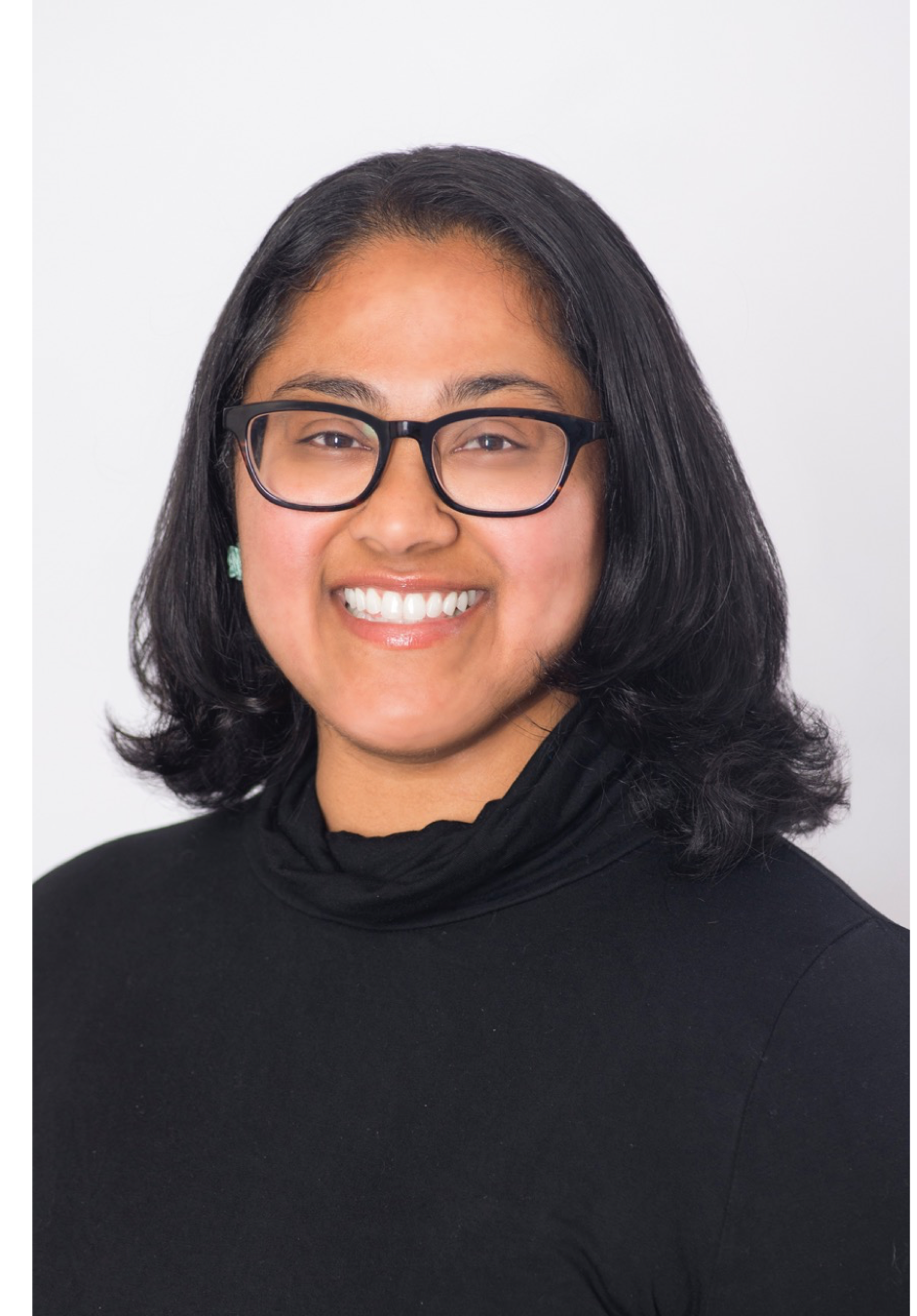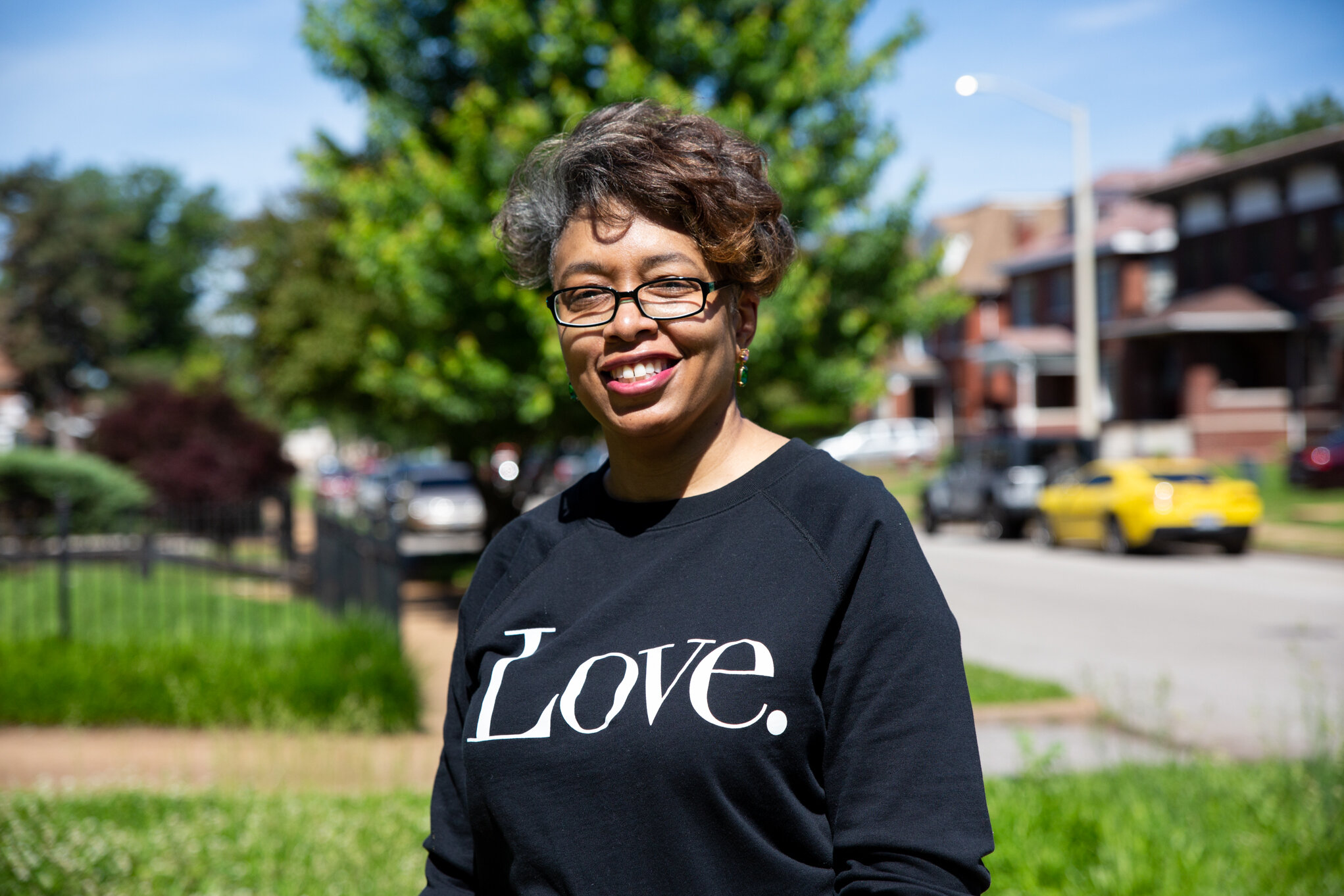Karen Kali, Senior Program Manager, Special Initiatives with NCRC
Marjanna Smith, a senior studying public health at The George Washington University
This column was originally published on NCRC’s blog.
Karen Kali
Marjanna Smith
Loans and investments made as part of banks’ Community Reinvestment Act (CRA) activities are an important source of funding for hospitals and health systems to address social determinants of health, the physical and social conditions in the environment that influence health. By funneling resources into upstream determinants of health to address root causes of health disparities, such as poverty, economic mobility and supportive community resources, hospitals and health systems have the distinct opportunity to disrupt the cycle of inequity that stymies both health and economic outcomes.
Nonprofit hospitals must conduct Community Health Needs Assessments (CNHAs) once every three years to ascertain the status of the community health and create a plan to enhance population health in their geographic footprint, in accordance with the Affordable Care Act. By partnering with banks, hospitals can meet their CHNA requirements by collaborating on upstream efforts. Similarly, banks must meet their community benefits requirements as a result of the CRA mandate. When the two entities collaboratively engage and partner with each other as well as community stakeholders, the result is mutually beneficial to both community-focused anchors.
The Community Reinvestment Act And Healthy Communities
The Community Reinvestment Act (CRA) of 1977 states that financial institutions have an obligation to help meet the credit needs of the communities in which they are chartered. In accordance with CRA, financial institutions are evaluated by how well they meet these credit needs, particularly for individuals with low- and moderate-incomes (LMI) and in LMI neighborhoods. CRA incentivizes banks to increase the availability of credit and capital to underinvested communities. Various types of investment activities qualify for CRA consideration. According to the Federal Reserve Bank of St. Louis, the four categories of CRA-eligible community development activities are as follows:
Affordable housing,
Community facilities and services targeted to people with LMI (including financial education and capability, charter schools, community centers and daycare facilities),
Activities that promote economic development by providing financing for small businesses or small farms (including workforce development and small business technical assistance),
Neighborhood revitalization and stabilization in LMI geographies, distressed or underserved non-metro middle-income areas or designated disaster areas.
Along with aligning within one of these categories, the activity generally must also be completed within the bank’s assessment area, the defined geographical range in which the bank conducts most of its business activities. Banks can pursue community development activities outside of assessment areas provided they have first met community needs in their assessment areas.
By partnering with hospitals and health systems, financial institutions can directly contribute to the development of healthy communities and enhanced health outcomes. Banks and nonprofit hospitals share common goals in their community activities — banks’ CRA activities focus on community development and reinvestment, and hospitals must develop strategies that create a community benefit based on their community health needs assessments (CHNAs).
Nonprofit hospitals are required to promote community health and provide charity care (e.g. complimentary medical care and services) in exchange for the significant tax exemptions these nonprofit entities enjoy. Every three years a nonprofit hospital must conduct a CHNA in order to retain its nonprofit status. The CHNA is a process led by the hospital to engage the community (and its stakeholders) in identifying, analyzing, prioritizing and planning for community health needs and resources.
Thus, the activities of banks and hospitals can overlap significantly when considering their shared goal of community development. As hospitals are working to improve health outcomes and health access to care in their communities, they face a growing demand to address the social and economic determinants of health within their community. To fund these initiatives, health systems must partner with financial institutions, as well as other stakeholders such as Community Development Corporations (CDCs) and Community Development Financial Institutions (CDFIs) target upstream community interventions, within the areas of affordable housing, enhanced neighborhood conditions and increased socioeconomic status.
Banks may obtain CRA credit for working with hospitals and health systems in multiple ways. Funding for healthcare services, healthcare centers, homeless shelters and drug recovery centers are all CRA qualified activities that directly impact community health. Specific investments that have been approved as CRA qualified activities in the past include loans and investments that improve hospitals that serve LMI individuals, investments that fund the construction of health centers, grants to organizations to purchase specialty equipment for federally qualified health centers during a local health emergency, and loans to build health clinics in underserved areas.
Along with directly contributing to community health, many other CRA activities affect social determinants of health. Activities that promote affordable housing development can improve the health of LMI individuals and families by increasing healthy living conditions and financial accessibility to determinants of health. Families with LMI are more likely to experience unhealthy and unsafe housing conditions in neighborhoods that lack health promotion resources. Severely cost-burdened renters are less likely to have a usual source of medical care, more likely to postpone clinical care and more likely to face food insecurity. Affordable homes can, therefore, allow greater access to food, healthcare and education — all of which are social determinants of health. CRA activities can also improve financial equity and wellbeing for local residents; similar to housing development, this can also increase the affordability of health-promoting resources and services. Lastly, investments or initiatives that improve the local economy and support small businesses improve community health, as research supports a link between economy and health.
Several hospitals and initiatives have emerged in recent years as new leaders and innovations in multi-sector, health and wealth-focused collaborations in community investment, utilizing CRA with leveraged sources of funding from public investments, private equity, grants, government funding and philanthropy. Traditionally siloed in the health field with little overlap to the community development world, hospitals are now becoming more integrated into the CRA environment. Recognizing that personal behavior and clinical care account for only part of the picture of community-level health outcomes, hospitals and health systems are partnering with banks and financial institutions to make significant local investments to upstream social determinants of health.
[See the original NCRC blog post for examples of what this collaboration can look like.]
Coronavirus Pandemic
While the United States continues to grapple with the Coronavirus pandemic, CRA is as critical as ever to the equitable revitalization and stabilization of communities. COVID-19 is hitting LMI households harshly, and it raises a new set of housing challenges for both the homeownership and rental markets, specifically LMI communities of color. LMI communities may be more susceptible to foreclosure, eviction, job loss, reduction in hours and reduced wages. Given health disparities, communities of color experience higher rates of death from COVID-19.
The disparate effect of COVID-19 on LMI and Black and Brown communities illustrates the relevance of CRA and its essential community purpose of preventing redlining and confronting systemic inequities in financial services and access to credit within LMI communities.
With more than 354,000 deaths and nearly 21 million COVID-19 cases (as of January 5, 2021), the United States is facing what may be the worst of the pandemic. In May 2020, the regulators of CRA, the Board of Governors of the Federal Reserve System, the Office of the Comptroller of the Currency and the Federal Deposit Insurance Corporation, joined together to expand eligible CRA activities in response to COVID-19. Banks can receive credit for these expanded CRA until six months after the end of the pandemic national emergency declaration.
Qualified activities under the COVID-19 response include loans, investments and community development services that support the following:
Emergency medical care, including medical facility services and supplies, temporary medical facilities and enhanced medical/hospital capacity;
Purchase and distribution of personal protective equipment;
Provision of emergency food supplies; or
Assistance to state, tribal, territorial, or local governments for emergency management and to support communications of general health and safety information to the public.
Coronavirus activities may benefit the bank’s designated assessment area as well as areas beyond, such as statewide or regional areas as credit may be given outside of established assessment areas.
Given the urgency of the COVID-19 crisis, this expanded guidance from the CRA regulators offers both immediate and long-term opportunities for hospitals and health systems to collaborate with banks and financial institutions and community based organizations to impact health outcomes.
Looking Ahead
While banks and financial institutions have an urgent opportunity to collaborate during the COVID-19 pandemic, the health crisis has effortlessly exacerbated the inequality that existed in communities across the country well before the virus began. And when the virus is over, communities will need to pick up the pieces and address the widespread setback in housing, income, job opportunity and health outcomes that the pandemic has caused. The obligations of both hospitals and health systems and banks and financial institutions from the ACA and CRA respectively creates a mutually beneficial opportunity for the two community anchors to pursue long-term partnerships. Banks have demonstrated an interest in investing in projects with health impacts. Hospitals see the value in banks utilizing CRA credit to target investment in LMI communities, the same communities hospitals seek to improve population health. While the COVID-19 pandemic spurred targeted action from the CRA regulators, it is long-term engagement and collaboration between banks and financial institutions and hospitals that will ultimately create healthy communities, increase community wealth and advanced health outcomes.
***
Karen Kali leads the Special Initiatives work for NCRC and focuses on aging in community, Age-Friendly Banking, healthy communities and emerging areas of interest. Prior to joining NCRC, Karen assisted in comprehensive neighborhood planning community engagement in Iowa; provided technical assistance to cities, counties and states creating affordable housing trust funds; provided housing with services consulting with Capital Impact Partners; wrote extensively for HUD’s Office of Policy Development & Research with Sage Computing; and served as a commissioner for the Montgomery County Commission on Common Ownership Communities, resolving consumer disputes filed within the Office of Consumer Protection in Montgomery County, Maryland. Karen is a certified urban planner by the American Institute of Certified Planners and holds a masters in Community and Regional Planning and a bachelor degree in Sociology. Additionally, Karen serves as the Wellness chairperson for her neighborhood school’s Parent Teachers Association, advocating for safe routes to school, clean and accessible water for all students and fresh foods and salad bars in elementary schools.
***
Marjanna Smith is a senior studying public health at The George Washington University. As a student in the dual-degree BS/MPH program, she will continue to pursue a Master of Public Health upon completing her undergraduate degree. During her time at GW, she has worked as a research coordinator for multiple childhood nutrition studies and a peer health educator on a substance education task force. As an intern with the National Community Reinvesment Coalition, she wrote about public health trends and issues in healthy equity.
***
Articles in “From the Field” represent the opinions of the author only and do not represent the views of the Community Builders Network of Metro St. Louis or the University of Missouri-St. Louis.
We invite readers to contribute to the civic conversation about community development in St. Louis by writing an op-ed for the Community Builders Exchange. Op-eds should be short (400-700 words) and provocative. If you have an idea for an op-ed, contact Jenny Connelly-Bowen at jenny@communitybuildersstl.org.





















